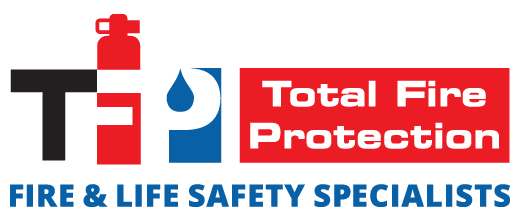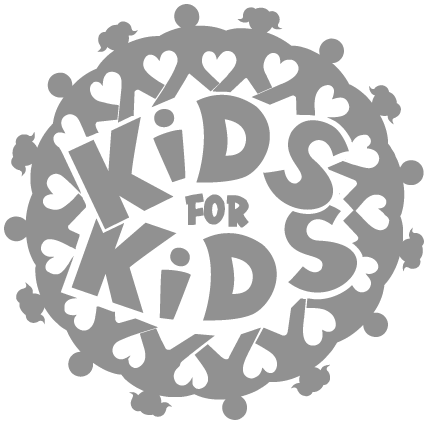 Does your facility have a commercial sprinkler system? Many new construction projects include fire protection to protect the property and the people inside the buildings. If you’re in a space without a fire sprinkler system, should you add one? How do you know if you have the right system for your business? Let’s discuss four types of sprinkler systems and their best uses.
Does your facility have a commercial sprinkler system? Many new construction projects include fire protection to protect the property and the people inside the buildings. If you’re in a space without a fire sprinkler system, should you add one? How do you know if you have the right system for your business? Let’s discuss four types of sprinkler systems and their best uses.
Wet Pipe Commercial Sprinkler System
Wet Pipe Systems include overhead piping filled with water under pressure. Once a fire activates a sprinkler head, water immediately discharges to flood the fire. Wet pipe systems are the most common mostly due to their simplicity and reliability. They also have relatively low installation and maintenance costs. But problems can arise in temperatures under 40F and all eventually leak.
Dry Pipe Commercial Sprinkler System
Instead of having pressurized water throughout the entire system of sprinkler piping, dry pipe sprinkler systems are only filled with air or nitrogen indirect, non-heated piping. When a fire activates a sprinkler, water is then released into the piping system to discharge onto the fire. Dry piping systems work well in spaces with freezing temperatures. But they are more costly to maintain and may have a delay of up to 60 seconds until water is discharged.
Pre-Action Commercial Sprinkler System
In some spaces, specific circumstances can trigger a sprinkler by accident. Pre-Action sprinkler systems are a type of dry system where water is held back by a pre-action valve. For the valve to open, a detected fire must activate the pre-action valve. Then each fire sprinkler head is opened individually. These systems are great for spaces with sensitive equipment or costly materials. But these systems are more complex in design, pricier to install, and more expensive to maintain.
Foam Water Commercial Sprinkler System
Water is often used for fire sprinkler systems because of its simplicity. But for certain types of fires, it’s not the best resource. Foam water fire sprinkler systems mix water with a foam concentrate mix that flows through the pipe to extinguish the fire. Foam is necessary when putting out flammable solvent fires like gas or alcohol. It can quickly suffocate fumes and eliminate the chance of re-flash.
- Aqueous Film-Forming Foam (AFFF): AFFF forms an aqueous layer over the flames. This cools the burning liquid and prevents re-ignition.
- Film-Forming FluoroProtein (FFFP): FFFP includes a combination of fluorochemical surfactants. The surfactants add fuel tolerance and burn-back resistance to the mixture to increase effectiveness.
Still not sure which commercial sprinkler system is best for your facility? Get help from your fire & life safety specialists at Total Fire Protection!





